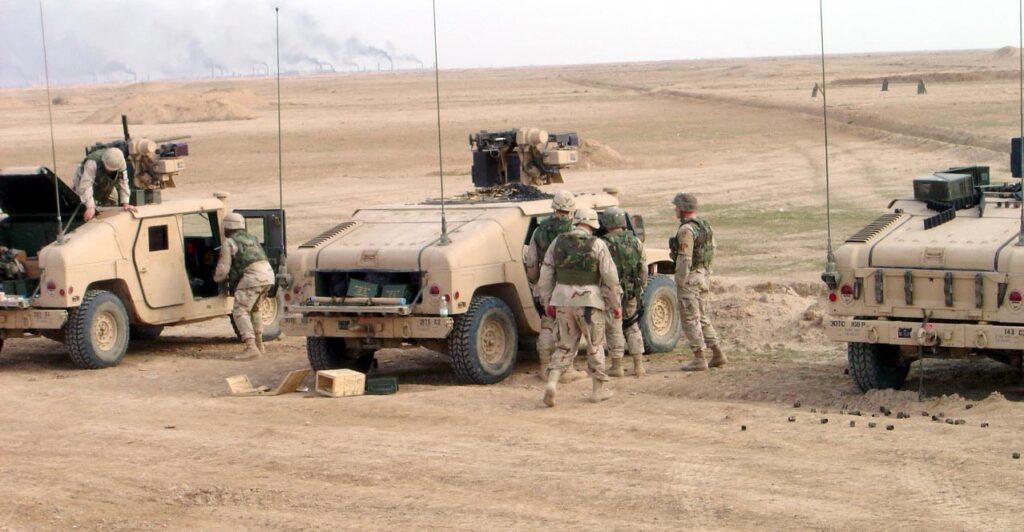EOS’ history dates back to 1983, when Dr Ben Greene, an advisor to NASA, and a group of scientists formed the company as a result of Australian Defence Force (ADF) Bushmaster in action the privatization of Australia’s satellite tracking program, for whom they had worked.
EOS began by developing systems intended for space use, particularly in the field of laser tracking and rangefinders. EOS’ technology base expanded rapidly to cover a range of associated technology areas, such as optics design, gimbals, laser ranging telescopes, beam directors, optical coatings, precision mechanisms and ruggedized assemblies, along with the necessary associated electronics and software.
Having designed and engineered optical payloads ruggedized for the challenging conditions posed by launch into space, along with the control and precision required for tracking, EOS saw an opportunity to apply this technology in the defense world. EOS’ Defense Systems division was formed in the late 1980s.
Drawing on its space payload experience, EOS designed the very first example of what is now known as the remote weapon station (RWS). The RWS allows weapons to be fired accurately on the move while the crew remains under armor and is now a widely deployed technology by armed forces around the world. The U.S. Army was the first to recognize this as an important technological avenue to pursue.
In 1991, EOS secured an order from the U.S. Army to create the Multi-Purpose Universal Gunner Sight (MUGS), a laser-based, battery-powered fire control unit for fitment to a variety of direct and indirect fire weapon systems.
Incorporating the company’s sensors, lasers, operator interface, electronics and stabilization technology, EOS developed the world’s first RWS under the U.S. Army’s Common Remotely Operated Weapon System (CROWS) program in 1993 in partnership with U.S. company Recon Optical. Trial units were delivered to the army for testing in Iraq and Afghanistan beginning in 2003, and in the following year EOS CROWS I went into full production, resulting in 500 units being delivered directly to U.S. Army combat units with additional orders following in 2005.

In 2007 the U.S. Army was required to re-bid the CROWS contract, which was eventually awarded to another company. The loss of supplying RWS to the U.S. Army was a bitter loss for the company but forced EOS to rebuild and transform its defense business with more resilient products, processes and management.
In 2008, the CROWS I systems designed by EOS and deployed into combat were removed from the vehicles they had been integrated onto by the vehicle crews and replaced with CROWS II systems. The CROWS I systems were crated and sent to Balad Air Base outside Baghdad to be stored.
At a subsequent date between 2008 and 2012, some of the systems were returned to the US and reportedly stored in Nevada. Sometime around 2012, a multinational aerospace and defense conglomerate asked for six of the systems to support missile tests. Six systems were provided to them and transferred to the company’s facilities in Tucson, AZ. Later, three of the systems were sent to the company’s office in Huntsville, AL where they are still being used to support missile firing tests. The remaining three RWS were placed in a trailer outside the Tucson, AZ facility.
In May 2019, after EOS established its U.S. Defense subsidiary, EOS Defense Systems USA, the company’s leadership learned the location of the three CROWS I systems, and representatives from the aerospace company offered the three systems that were in Tucson.
Later that month, the three systems were shipped to the EOSDS USA headquarters in Huntsville in the same crates that they had been packed into in 2008. EOS unpacked the crates and found 3 full CROWS I systems as well as three additional Mk1 Control Groups. The team assembled the systems, last touched in combat in 2008, and powered them on. All three systems and all components for six sets of Control Groups still worked after being stored in reinforced cardboard boxes for more than 11 years.
This is a testament to the quality of the design, production and test regime that goes into the family of EOS products, starting with the very first Mk1 design. EOS understands the importance of manufacturing systems that are meant to last and that are guaranteed not to fail soldiers on the battlefield.
Today, EOS continues its innovative approach to weapon system optimization with applications in missile integration, counter-unmanned aerial systems and unmanned ground vehicles. The company supports customers across nine countries.
